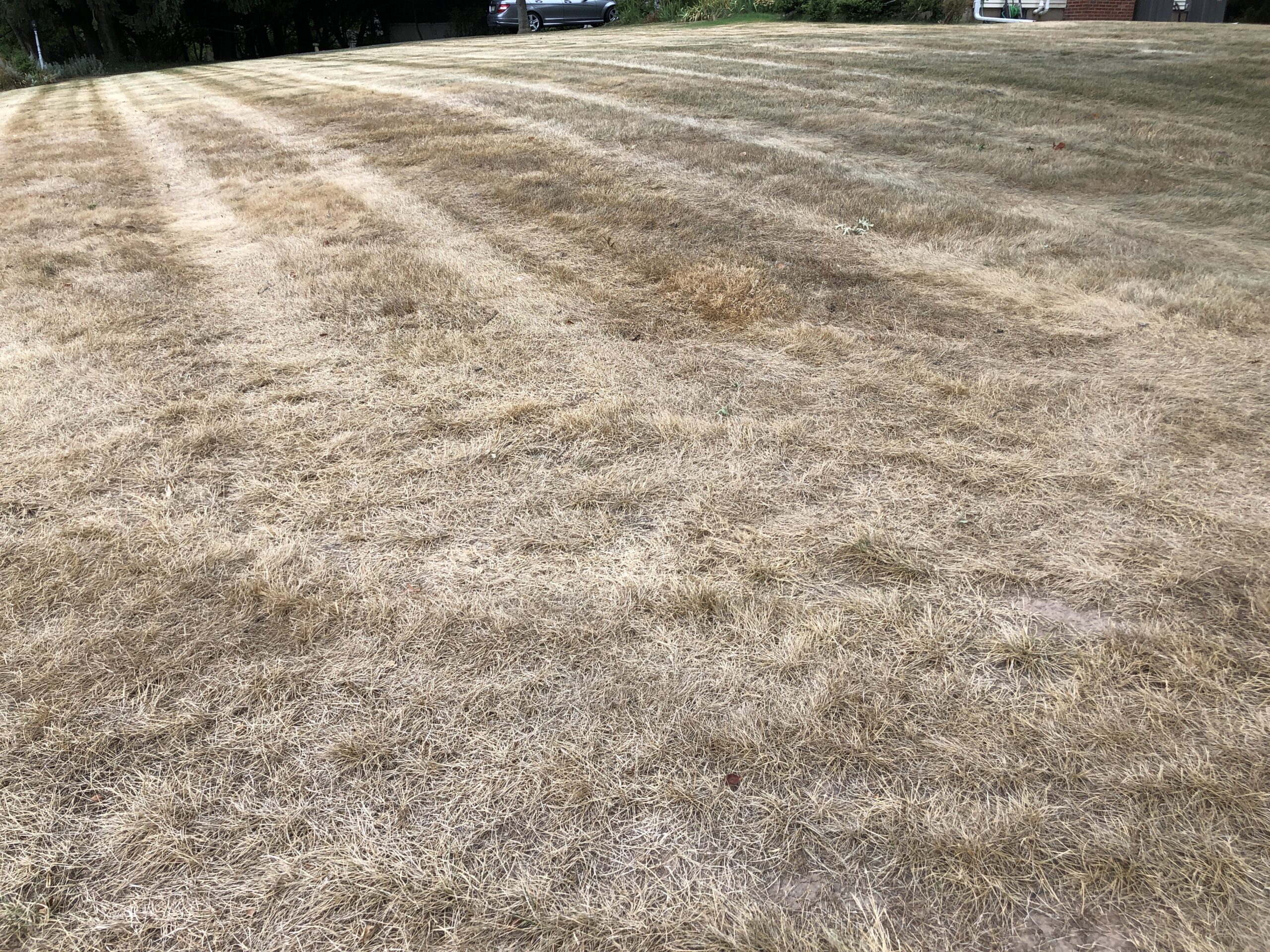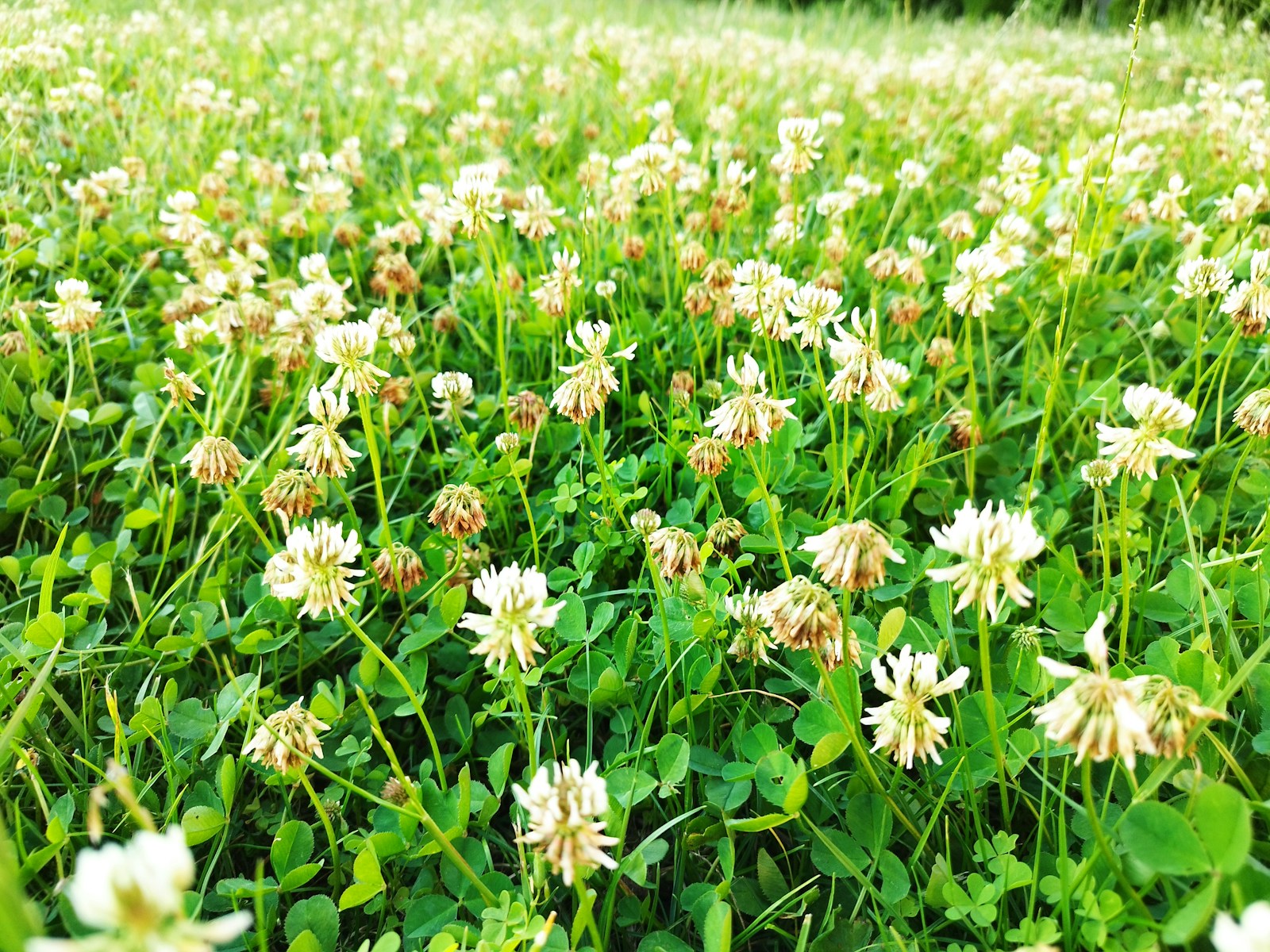Ah, spring! The season of fresh starts and vibrant greens. But before you get too excited, you may glance out the window and be met with a disheartening sight—a patchy, brown, and seemingly lifeless lawn. Is it dead? Or just in need of a little post-winter TLC? Let’s break down how to distinguish between dormant and dead grass, and what steps you can take to revive your lawn.
Step 1: Check If Your Grass is Truly Dead
Grass can look pretty rough after a long, snowy winter, but appearances can be deceiving. Here’s a simple way to test your lawn’s status:
- Tug Test: Gently pull on a patch of brown grass. If it comes up easily with dry roots, it’s dead. If it resists, it’s likely just dormant.
- Look for Green: Inspect the base of the grass blades. Even a hint of green suggests your lawn is still alive.
- Soil Check: Healthy soil should feel slightly damp and crumbly. If it’s compacted or bone-dry, your lawn may be stressed.
Step 2: Rake and Remove Debris
Start by giving your lawn a thorough raking. This helps remove dead grass, leaves, and other debris that can smother new growth. A metal rake works best for this task.
Pro Tip: Don’t be too aggressive with the raking—you want to encourage growth, not damage the tender grass beneath.
Step 3: Aerate if Necessary
Compacted soil is a common winter woe. If your lawn feels like a concrete slab underfoot, it’s time to aerate. You can rent an aerator from a garden center or use a manual aeration tool.
Why Aerate? Aeration allows water, nutrients, and air to penetrate the soil, giving your grass the best chance to thrive.
Step 4: Overseed and Fertilize
If you’ve got bare patches or thin areas, overseeding is your best friend. Choose a grass seed blend suited for your region and spread it evenly over the problem spots.
Follow up with a balanced, slow-release fertilizer to give your new grass a nutrient boost.
Pro Tip: Water the newly seeded areas lightly but frequently until the grass is established.
Step 5: Water Wisely
Consistent watering is key during the lawn revival process. Aim for about 1 inch of water per week, either from rainfall or irrigation.
Best Time to Water: Early morning is ideal to minimize evaporation and prevent fungal issues.
Step 6: Be Patient
Grass doesn’t bounce back overnight. Depending on your climate and grass type, it may take several weeks to see noticeable improvement. Resist the urge to mow too early—wait until the new growth is at least 3 inches tall.
Bonus Tips for a Thriving Lawn
- Sharpen Your Mower Blade: A clean cut promotes healthy grass growth.
- Leave Clippings: Grass clippings act as a natural mulch and return nutrients to the soil.
- Monitor for Weeds: Spring is prime time for weeds. Hand-pull or spot-treat as needed.
By following these simple steps, you can turn your winter-worn lawn into a lush, green oasis. Happy gardening, and may your lawn be the envy of the neighborhood!
Until next time, keep those roots healthy and remedies handy!
Daisy Winslow



